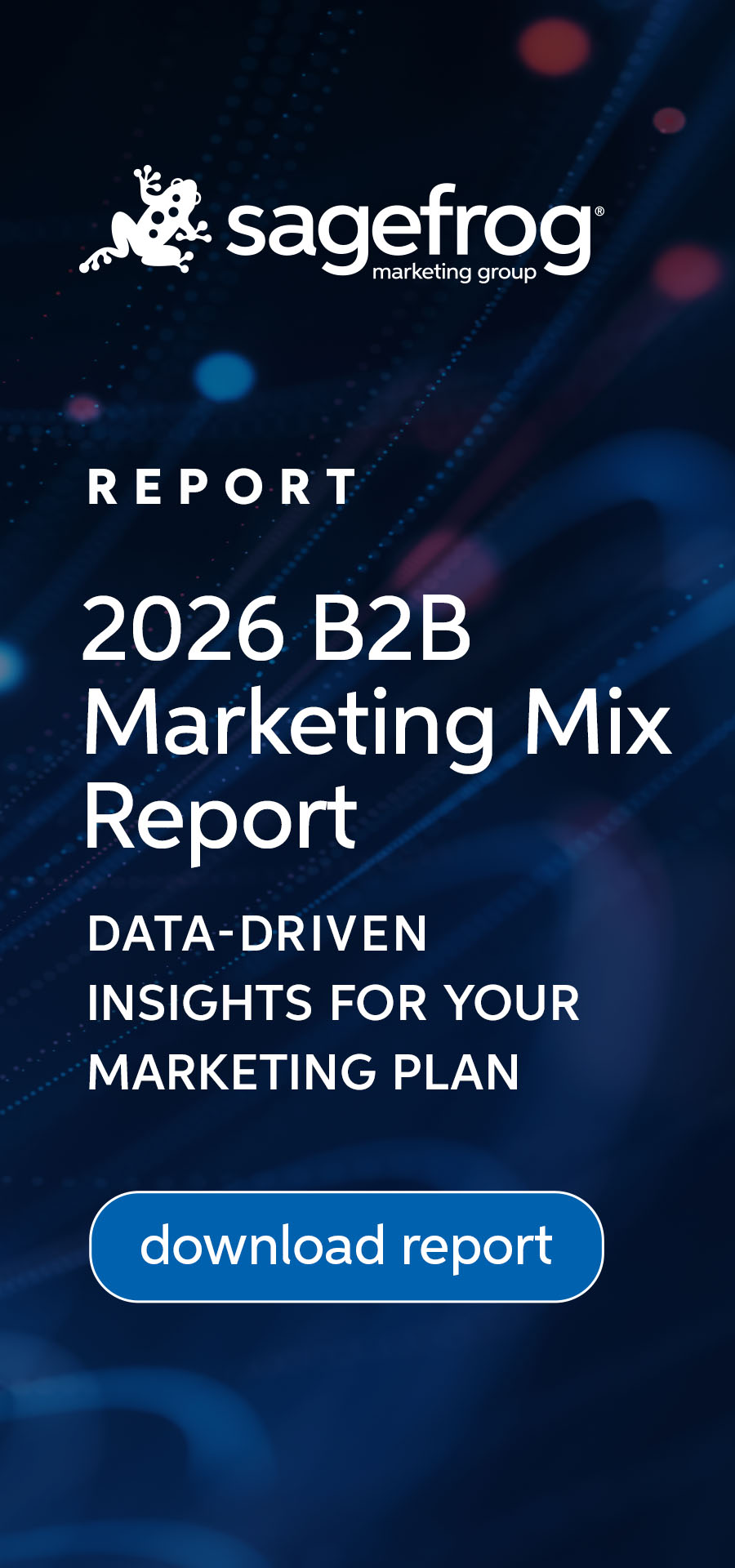While content demands have risen steadily for the past decade, the strategies behind its production haven’t changed much. No matter the current marketing trends, from short-form videos to podcasts and long-form LinkedIn blogs, content creators continue to adapt and build quality content quickly, but not without putting considerable strain on the content creation experience as a whole. Adapting to trends and creating high-quality content has always been essential to every marketing team, but trends rarely include innovations that allow more time to develop ideas to their full potential and mitigate burnout.
By now, you’ve likely heard about generative AI and its potential to boost content quality and quantity while also saving time. It almost sounds too good to be true… But is it? Let’s take a foundational level look at what generative language processing models are (specifically ChatGPT), explore how they can aid marketers in content creation, and review how we use this technology at Sagefrog to improve content operations and streamline creative workflows.
Understanding ChatGPT: What Is It?
ChatGPT is a natural language processing (NLP) model developed by OpenAI. It is a generative language model based on the Transformer architecture, a type of neural network. ChatGPT has been trained on a large corpus of text data to generate human-like responses to natural language inputs. The model can understand context, generate appropriate responses, and even engage in coherent conversations with humans. The “GPT” in ChatGPT stands for “Generative Pre-trained Transformer,” which reflects the model’s architecture and its pre-training on a massive amount of text data. The pre-training involves exposing the model to a vast dataset of text and teaching it to predict the next word in a sentence. This process allows the model to learn the patterns and structures of language, which it can use to generate new text.
Using Generative AI in Content Marketing
The potential applications of ChatGPT are diverse and far-reaching. For example, the model can be used to generate product descriptions, summarize long-form content, and provide customer service via chatbots. It can also be used to assist with creative writing tasks, generate content for social media, and even help with language translation. In summary, ChatGPT is a powerful NLP model that has been pre-trained on a large corpus of text data to generate human-like responses to natural language inputs. Its potential applications are wide-ranging, and it has the potential to revolutionize the way we interact with machines and consume content.
How Sagefrog Leverages ChatGPT for Content Creation
As we become more familiar with this generative AI tool, the content department may begin to use ChatGPT as needed to prepare, proof, and elevate our work, provided that all copy produced by Sagefrog remains original and high in quality. Like Grammarly, we consider ChatGPT to be yet another tool in our copywriting toolbox.
While our point of view on ChatGPT may evolve, it’s important to note that clients can always rely on Sagefrog to deliver high-quality content tailored to their unique industries, audiences, and objectives at a level unmatched by any AI tool—and with the nuance and creativity that only experts can offer.
As we hone our use of this tool, we believe it will create new efficiencies in content creation that will only enhance the work we produce for our clients.
With that being said, here are some of the ways Sagefrog’s content department may leverage ChatGPT. Have your in-house writers explored the platform to take advantage of these applications too?
- Brainstorming content topics and themes
For example, explore top trends in a particular industry
- Digesting content for use in new materials
For example, pull highlights from an eBook to produce a blog or summarize clinical research articles to write a whitepaper
- Varying language across marketing channels
For example, reword a LinkedIn post for use on Twitter or supporting A/B testing efforts
- Facilitating outlines and first drafts
For example, identify starting points for a guide or generate subject line ideas
- Supplementing proofreading efforts
For example, support proofing alongside Grammarly
Still have questions about ChatGPT? We’re quickly becoming experts, so feel free to reach out to us for any questions you may have regarding Sagefrog’s use of ChatGPT or your own use of this exciting tool!

